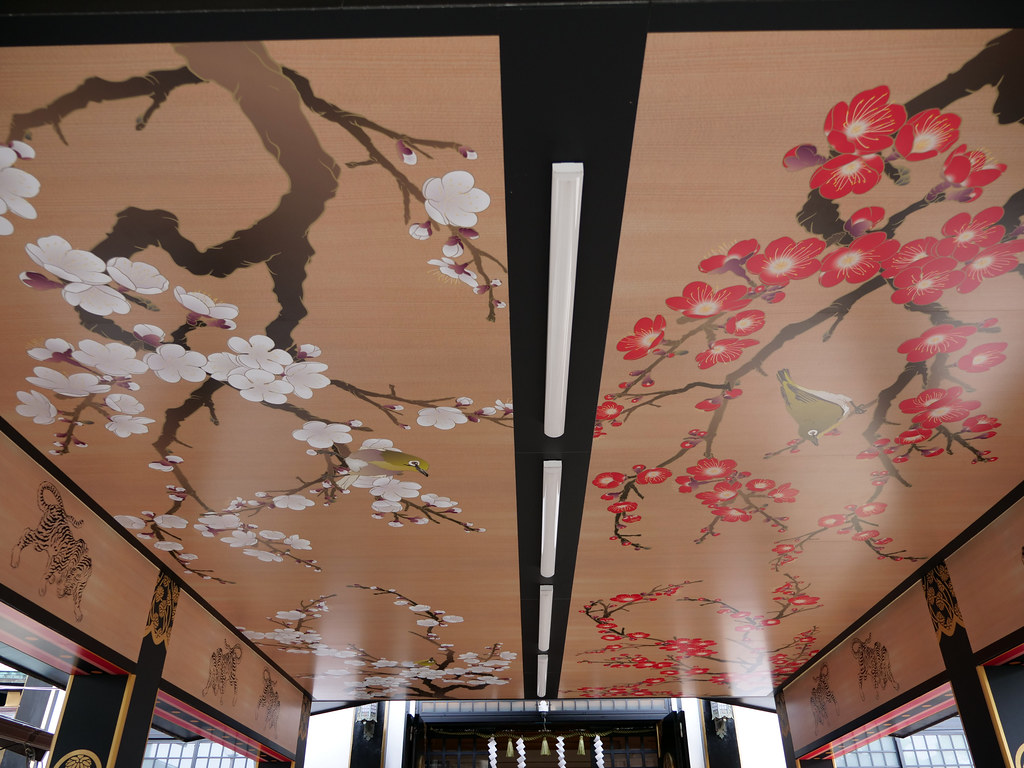
Located in Mito City, Ibaraki Prefecture, Mito Tōshōgū Shrine is a historic Shinto shrine dedicated to Tokugawa Ieyasu (enshrined as Tōshō Daigongen) and his son Tokugawa Yorifusa. It is a Beppyo shrine (a special-ranked shrine) under the Association of Shinto Shrines and was formerly classified as a prefectural shrine. Locals affectionately refer to it as "Gongen-san."
The shrine was founded in 1621 (Genna 7) by Tokugawa Yorifusa, the first lord of the Mito Domain. It was originally located on the scenic Mount Reishōzan and was named "Sansho Gongen," enshrining Tōshō Daigongen, Sannō Gongen, and Madara-jin. In 1624 (Genna 10), a mausoleum for Tokugawa Hidetada was built, and the spirits of subsequent shoguns were later enshrined here. In 1699 (Genroku 12), the second lord, Tokugawa Mitsukuni, named the shrine’s sacred site "Mount Tokiwazan."
Originally, Mito Tōshōgū conducted Buddhist-style rituals, but in 1844 (Tenpō 14), the ninth lord Tokugawa Nariaki promoted Shinbutsu Bunri (separation of Shinto and Buddhism). He removed the syncretic deities with strong Buddhist influences and switched the rites to a Shinto format. This reform reportedly displeased the Tokugawa shogunate and is believed to be one of the reasons for Nariaki’s forced retirement.
In 1917, the original shrine buildings were designated Specially Protected Structures, but they were unfortunately destroyed during World War II in 1945 (Shōwa 20). The current shrine buildings were reconstructed in 1962 (Shōwa 37). In 2012, to commemorate the 50th anniversary of post-war reconstruction, a grand dedication festival was held.






















